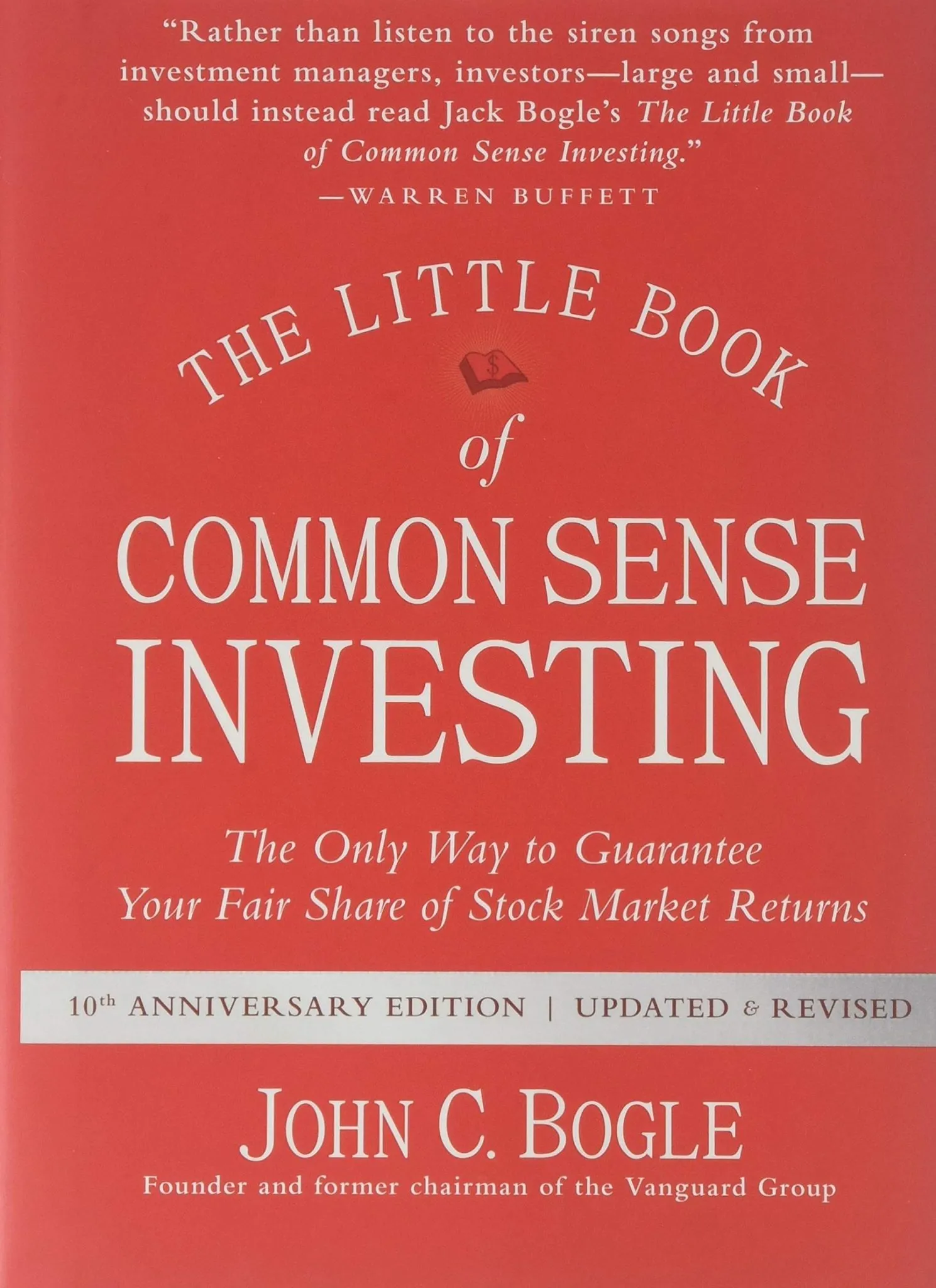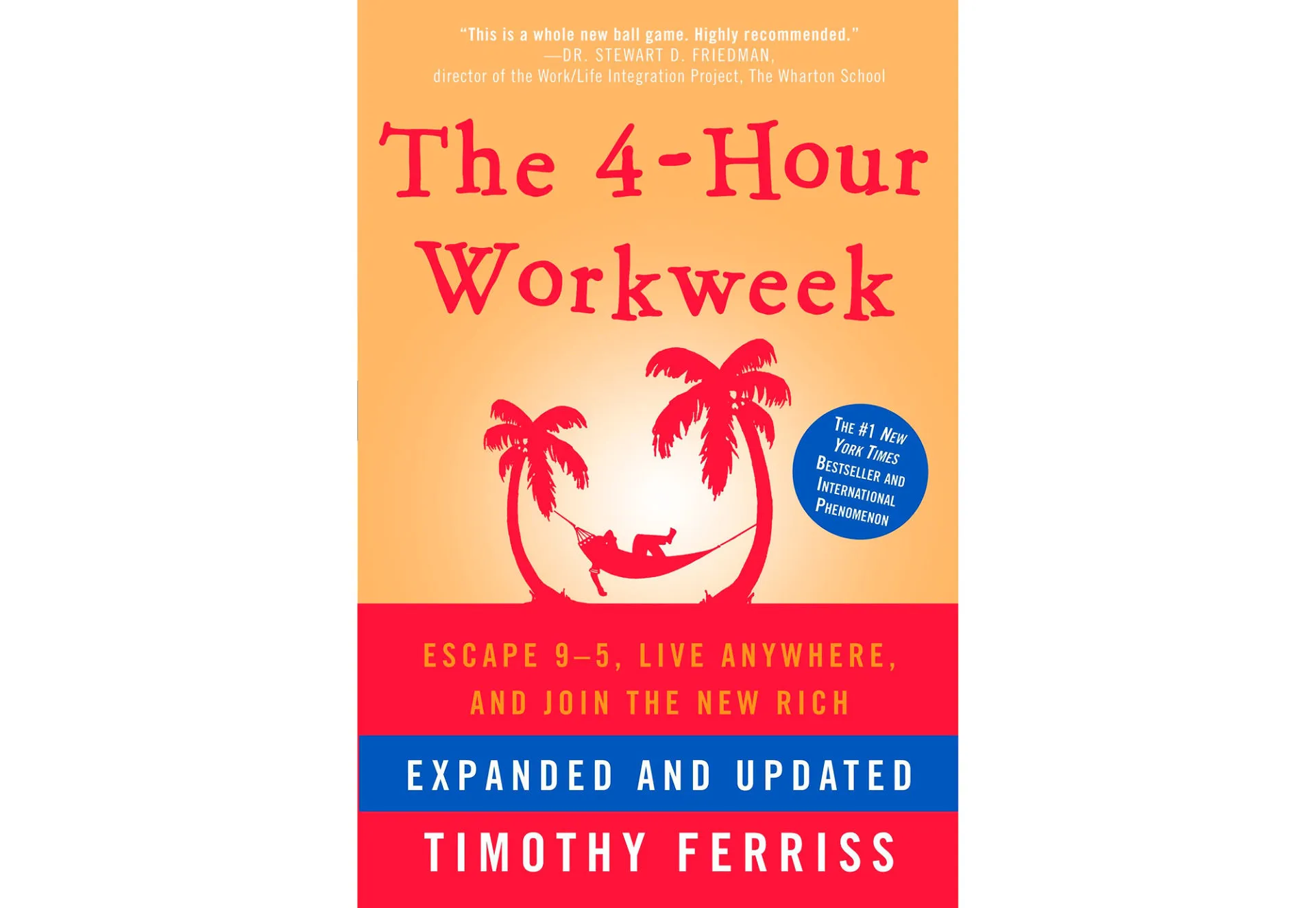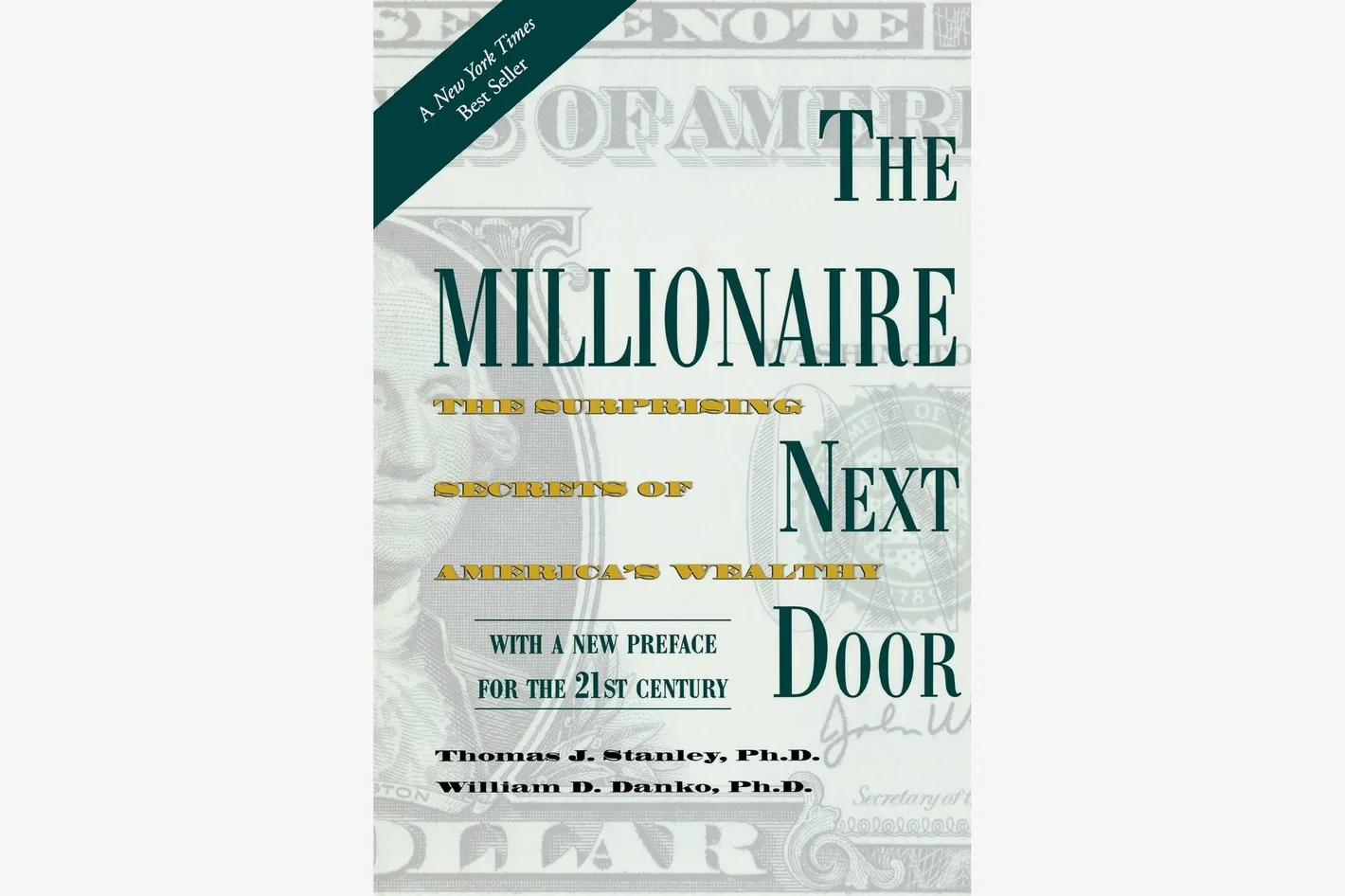Investing is a crucial aspect of building wealth and achieving financial security, but it can be overwhelming to navigate the complex world of finance without proper guidance. Fortunately, there are many experts who have dedicated their careers to studying and mastering the art of investing, and their wisdom is readily available in the form of investment books.
In this article, we have compiled a list of the top 15 investment books that offer valuable insights and knowledge from some of the most respected figures in the field. Whether you are a beginner or a seasoned investor, these books are sure to equip you with the tools and strategies needed to make informed decisions and achieve success in the world of finance.
“The Intelligent Investor” by Benjamin Graham
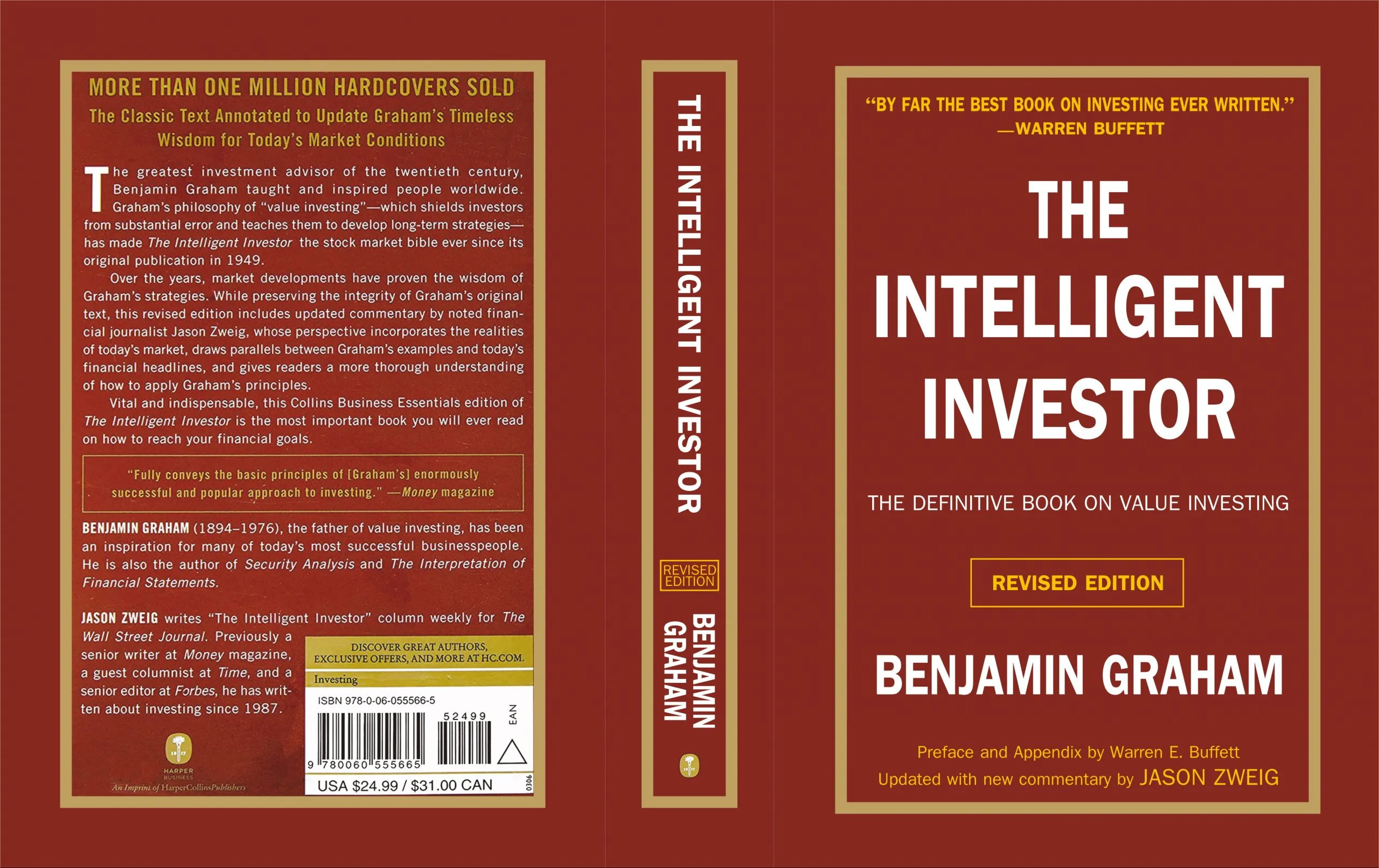
Investing in the stock market can be a daunting task for even the most experienced financial gurus. With so many stocks, bonds, and other securities to choose from, it can be difficult to know where to start. That’s where “The Intelligent Investor” by Benjamin Graham comes in. Published in 1949, this classic investing book is still considered essential reading for investors today.
Graham’s approach to investing is based on the principle of value investing, which involves finding stocks that are undervalued by the market and buying them at a discount. He emphasizes the importance of careful analysis, patience, and discipline in making investment decisions. In this article, we will delve deeper into some of the key concepts and lessons from “The Intelligent Investor.”
Margin of Safety
One of the most important concepts in “The Intelligent Investor” is the idea of a margin of safety. Graham argues that investors should always aim to buy stocks at a discount to their intrinsic value, in order to protect themselves from market fluctuations and minimize the risk of loss. By purchasing stocks at a discount, investors create a margin of safety that provides a cushion against unexpected events.
Diversification
Another key concept in Graham’s approach to investing is diversification. He argues that investors should not put all their eggs in one basket, but instead should spread their investments across a range of different securities. This helps to minimize risk and maximize returns over the long term.
Active vs. Passive Investing
Graham also distinguishes between active and passive investing. Active investors try to beat the market by picking individual stocks, while passive investors simply aim to match the market’s returns by investing in index funds or other low-cost, diversified portfolios. Graham argues that for most investors, a passive approach is the best strategy, as it minimizes risk and keeps costs low.
“One Up on Wall Street” by Peter Lynch
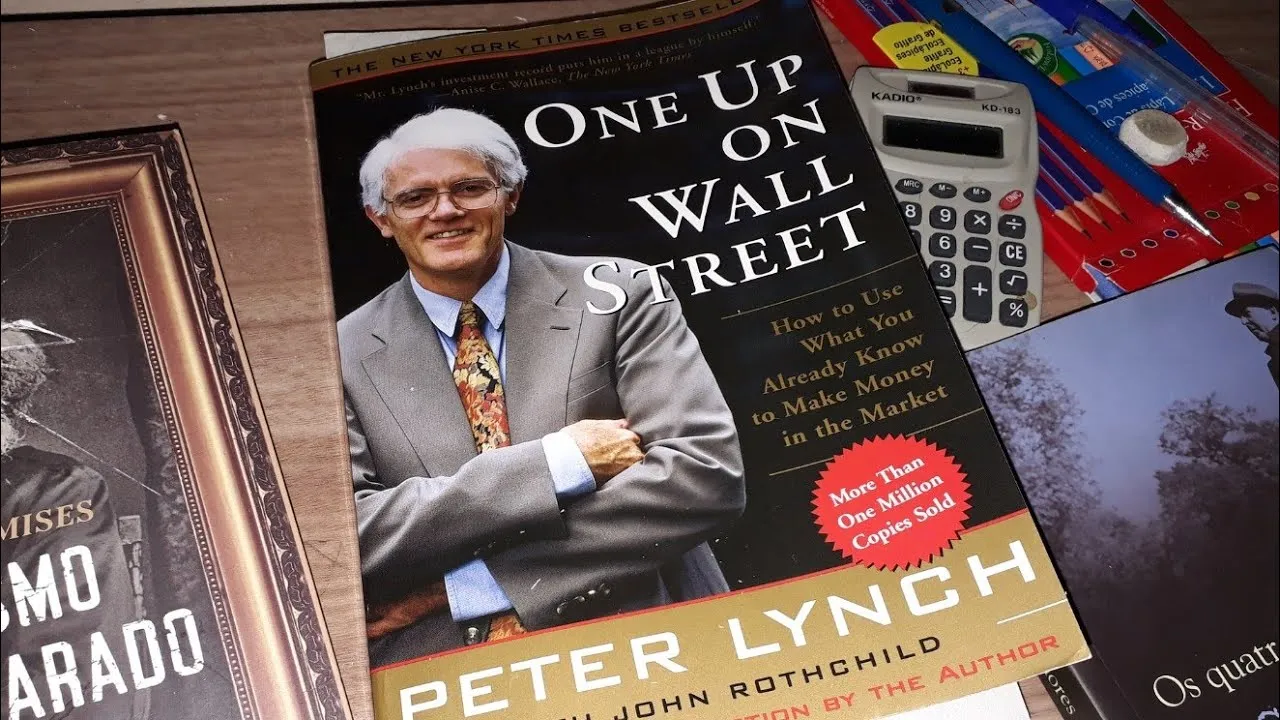
Peter Lynch’s “One Up on Wall Street” is a gem of a book that provides readers with invaluable insights on how to achieve success in the world of investing. The book’s narrative style, packed with real-life examples, is captivating and inspiring, making it a must-read for anyone seeking to understand the complexities of the stock market.
Overview
Published in 1989, “One Up on Wall Street” is an investment guidebook that outlines Lynch’s proven strategies and principles for picking winning stocks. The book draws from his experience as the manager of the Fidelity Magellan Fund, which was one of the most successful mutual funds of all time, returning an average annual return of 29% over Lynch’s thirteen-year tenure.
Key Lessons
Lynch’s investment philosophy is based on the premise that everyday investors have a distinct advantage over professional Wall Street analysts because of their ability to observe and understand the world around them. Some of the key lessons from the book include:
- Invest in What You Know: Lynch emphasizes the importance of investing in companies that are easy to understand and have a product or service that you know and use regularly.
- Look for Hidden Gems: Lynch advises investors to look for overlooked companies that have the potential to become big winners in the future.
- Do Your Own Research: Lynch stresses the importance of conducting thorough research on a company before investing. This includes analyzing financial statements, understanding the industry trends, and conducting competitor analysis.
- Be Patient: Lynch advises investors to take a long-term view of investing and be patient when waiting for a company to realize its full potential.
“The Little Book of Common Sense Investing” by John Bogle
“The Little Book of Common Sense Investing” is a concise yet comprehensive guide to the world of investing. Written by the founder of Vanguard Group, one of the largest investment firms in the world, the book presents a compelling argument for a simple and effective approach to investing that is grounded in common sense and backed by empirical evidence.
Part 1: The Case for Index Investing
In the first part of the book, Bogle makes the case for index investing, a strategy that involves investing in a diversified portfolio of stocks and bonds that mirrors the performance of a broad market index, such as the S&P 500. Bogle argues that index investing is superior to active management, where investors attempt to beat the market by buying and selling individual stocks or mutual funds.
Part 2: The Four Rules of Investing
In the second part of the book, Bogle outlines the four rules of investing that he believes are essential to long-term success. These rules include:
- Keep costs low: Bogle emphasizes the importance of minimizing investment costs, including fees and expenses, which can significantly erode investment returns over time.
- Diversify: Bogle advocates for a diversified portfolio that includes a mix of stocks and bonds from different sectors and regions.
- Never try to time the market: Bogle cautions against trying to time the market, or predicting short-term fluctuations in stock prices. Instead, he recommends staying the course and maintaining a long-term investment strategy.
- Stay the course: Finally, Bogle stresses the importance of maintaining a disciplined and consistent investment approach, even in the face of market volatility and uncertainty.
Part 3: Applying the Principles
In the final part of the book, Bogle provides practical advice on how to apply his principles to real-world investing. He offers specific recommendations for constructing a low-cost, diversified portfolio using index funds and explains how to rebalance the portfolio over time to maintain its desired asset allocation.
“Security Analysis” by Benjamin Graham and David Dodd
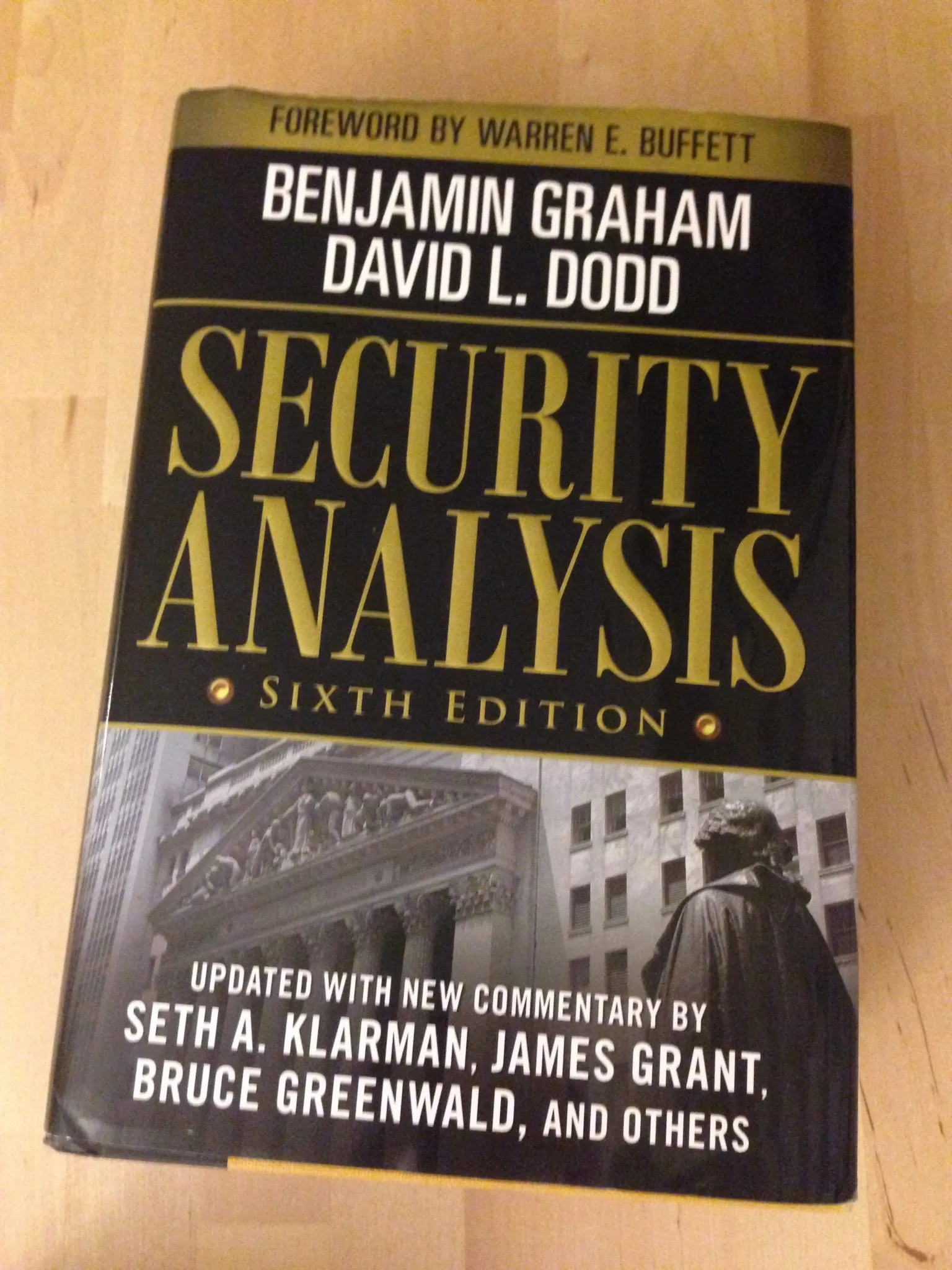
In today’s fast-paced and ever-changing world, investing has become a fundamental aspect of our lives. We are constantly seeking ways to grow our wealth and achieve financial stability. One of the most influential books in the field of investing is “Security Analysis” by Benjamin Graham and David Dodd. First published in 1934, this classic text has since been updated and revised multiple times, with the most recent edition being the sixth.
The book aims to provide a comprehensive and systematic approach to analyzing securities and selecting the best investments. Graham and Dodd are considered the pioneers of value investing, a methodology that focuses on identifying stocks that are undervalued by the market. Their approach is based on the fundamental analysis of financial statements and seeks to identify companies with strong financials and sustainable competitive advantages.
Content Analysis
The book is divided into five sections that cover a range of topics, including investment principles, financial analysis, corporate management and governance, market fluctuations, and special situations. Each chapter is filled with examples, case studies, and insights that help readers understand the concepts presented.
Chapter 1: Introduction to the concept of value investing
The opening chapter introduces the concept of value investing and highlights the importance of fundamental analysis in identifying undervalued securities. Graham and Dodd emphasize the need for a margin of safety when investing and caution against speculation.
Chapter 2: The balance sheet
This chapter delves into the importance of understanding a company’s balance sheet. The authors provide a detailed explanation of the various items that make up a balance sheet, such as assets, liabilities, and equity. They also discuss the importance of analyzing a company’s working capital, debt levels, and cash flow.
Chapter 3: Income statement and earnings
The third chapter focuses on the income statement and earnings. The authors explain how to analyze a company’s revenue, expenses, and profitability. They also discuss the importance of evaluating a company’s earnings over a period of time and adjusting for any non-recurring items.
Chapter 4: Financial ratios
This chapter provides an overview of financial ratios and their importance in analyzing a company’s financial health. Graham and Dodd cover a range of ratios, including liquidity ratios, profitability ratios, and valuation ratios.
Chapter 5: Corporate management and governance
In this chapter, the authors discuss the importance of corporate management and governance in selecting investments. They highlight the need for companies to have strong leadership and effective governance structures.
Chapter 6: Market fluctuations
The sixth chapter focuses on market fluctuations and the role they play in investing. The authors provide insights into the psychology of investors and how market fluctuations can create opportunities for value investors.
Chapter 7: Special situations
The final chapter of the book covers special situations, such as bankruptcies, reorganizations, and mergers. Graham and Dodd explain how these situations can create opportunities for investors who are willing to do their homework.
“The Essays of Warren Buffett: Lessons for Corporate America” by Warren Buffett
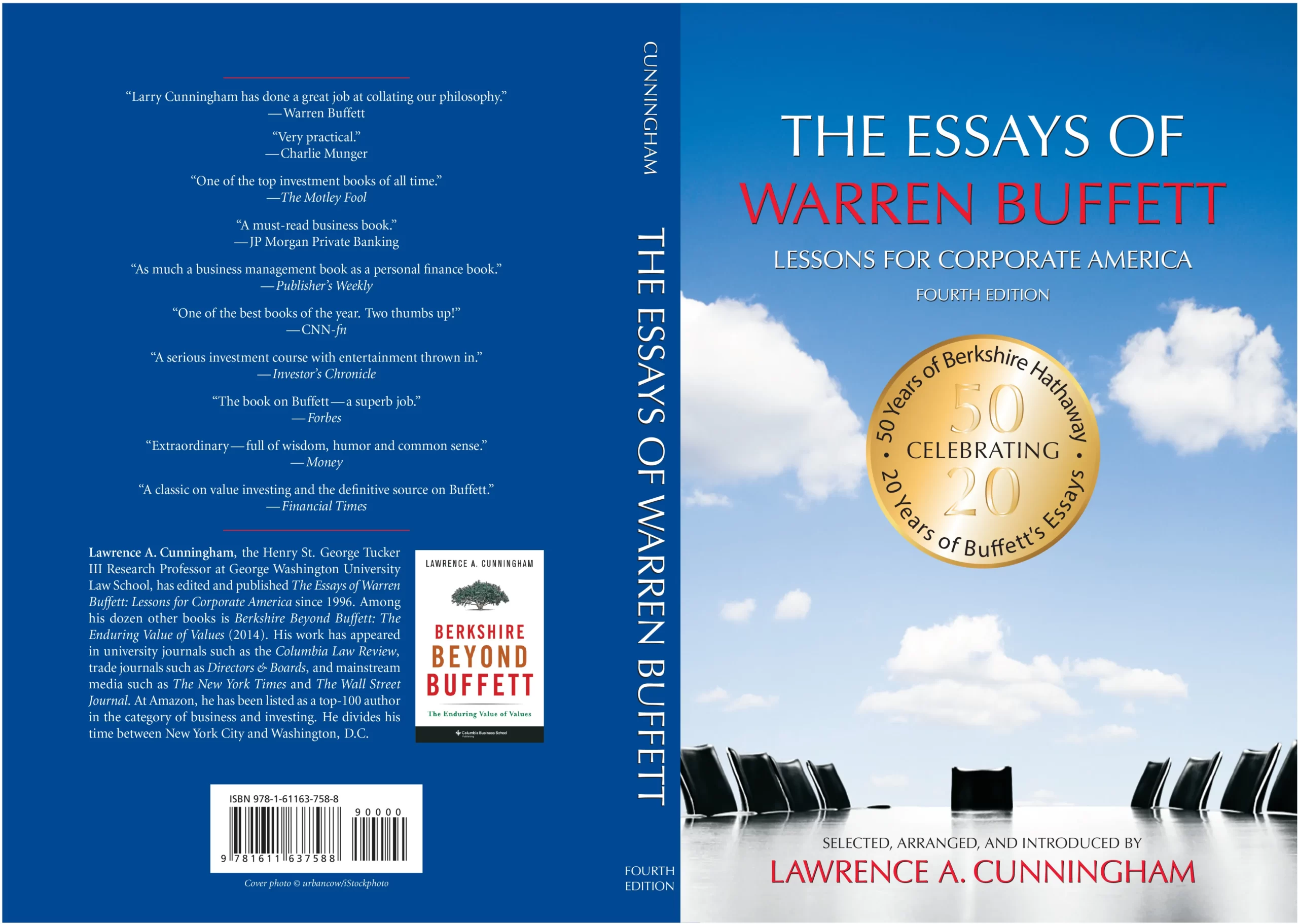
Warren Buffett, the renowned American investor, is considered one of the most successful investors in history. Known for his strategic investment philosophy and astute business acumen, Buffett has amassed a vast fortune and become a legend in the world of finance.
In his book “The Essays of Warren Buffett: Lessons for Corporate America,” Buffett shares his insights and wisdom on business strategy, investing, and corporate governance. The book is a collection of essays that Buffett wrote for his annual shareholder letters, which he has been publishing for more than five decades.
The essays cover a wide range of topics, from the principles of value investing to the importance of ethical business practices. Each essay is filled with practical advice and real-world examples, making it an invaluable resource for anyone interested in investing or running a business.
Here are some of the key takeaways from the book:
- The importance of a long-term perspective: Buffett believes in investing for the long-term and avoiding short-term thinking. He argues that short-termism is a major obstacle to achieving success in investing and business.
- The value of a strong corporate culture: According to Buffett, a strong corporate culture is essential for long-term success. He emphasizes the importance of integrity, trust, and respect in building a successful company.
- The benefits of diversification: Buffett believes in diversifying investments to reduce risk and maximize returns. He advocates investing in a broad range of assets, including stocks, bonds, and real estate.
- The importance of shareholder value: Buffett argues that the primary goal of any company should be to maximize shareholder value. He believes that companies that focus on creating value for their shareholders will ultimately be more successful than those that do not.
- The role of leadership in success: Buffett believes that strong leadership is essential for the success of any business. He emphasizes the importance of hiring and retaining talented managers who share the company’s values and vision.
“A Random Walk Down Wall Street” by Burton Malkiel
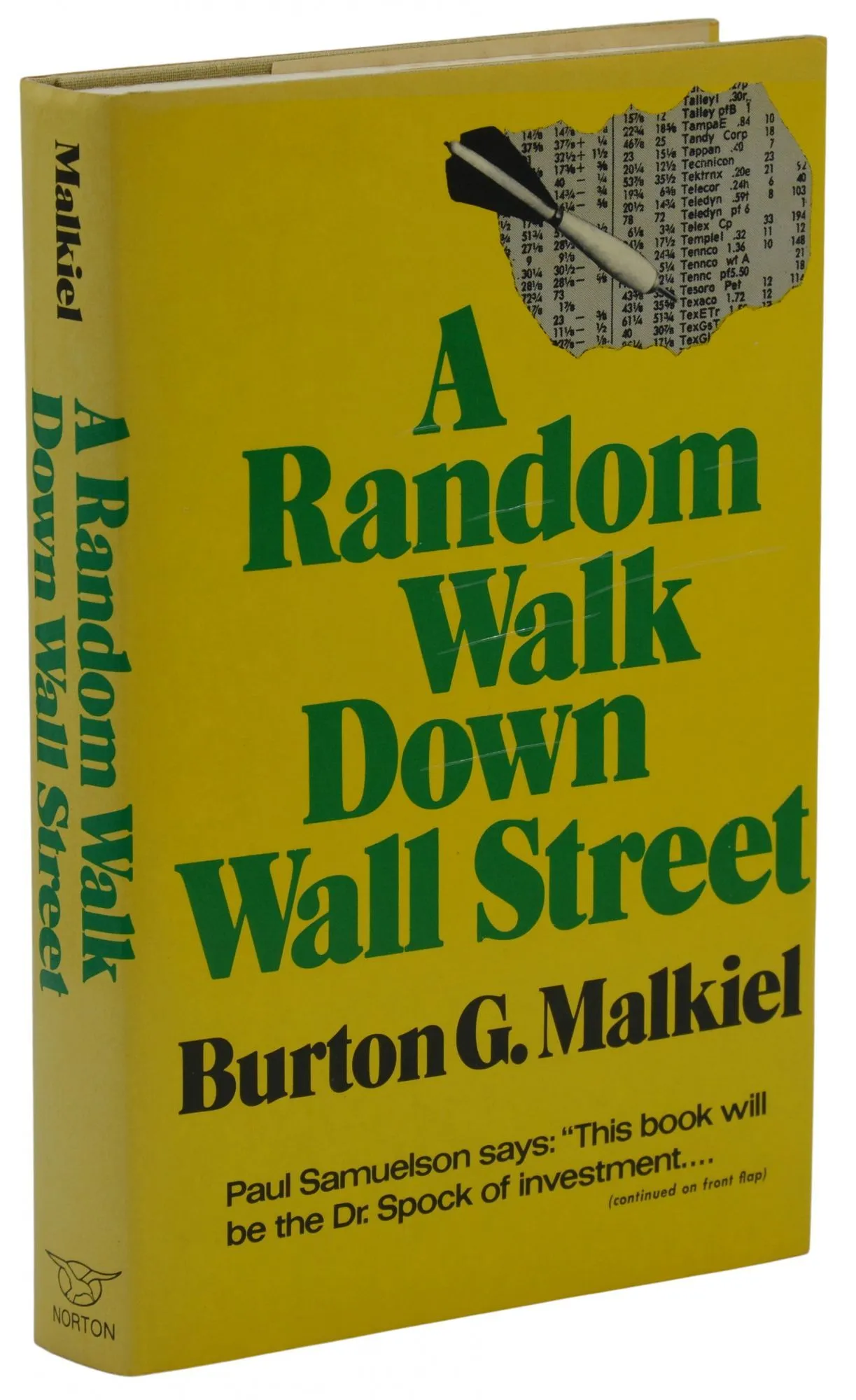
Burton Malkiel’s classic book “A Random Walk Down Wall Street” presents a thought-provoking perspective on investment strategies. The author, who is a renowned economist and financial advisor, challenges the conventional wisdom of active investing and proposes a passive approach that is grounded in empirical evidence.
In this article, we delve into the profound insights that the book offers, and how they can help investors navigate the complex world of finance.
The Flawed Logic of Active Investing
Malkiel argues that active investing, which involves buying and selling securities based on a forecast of their future performance, is a flawed strategy. He presents evidence that shows that active managers consistently underperform the market, and that the fees they charge eat into the returns of their clients.
Malkiel contends that trying to beat the market through stock picking, market timing, or any other strategy is a futile exercise. He notes that the market is efficient and that all available information is already reflected in stock prices. As a result, trying to outsmart the market is like trying to find a needle in a haystack.
The Benefits of Passive Investing
Malkiel’s solution to the flaws of active investing is to adopt a passive approach, which involves investing in a diversified portfolio of low-cost index funds. He argues that this approach has several advantages:
- Lower fees: Index funds have lower fees than actively managed funds, which means that investors keep more of their returns.
- Diversification: Investing in a broad-based index fund provides instant diversification, which reduces risk.
- Consistent Returns: Index funds aim to match the performance of the market, which means that investors can expect consistent returns over the long term.
- Lower Taxes: Index funds are tax-efficient, which means that investors pay less in taxes.
The Importance of Asset Allocation
Malkiel also stresses the importance of asset allocation, which involves dividing a portfolio among different asset classes, such as stocks, bonds, and cash. He notes that asset allocation is the most important determinant of portfolio performance and that investors should base their allocation on their goals, risk tolerance, and time horizon.
“The Psychology of Money” by Morgan Housel
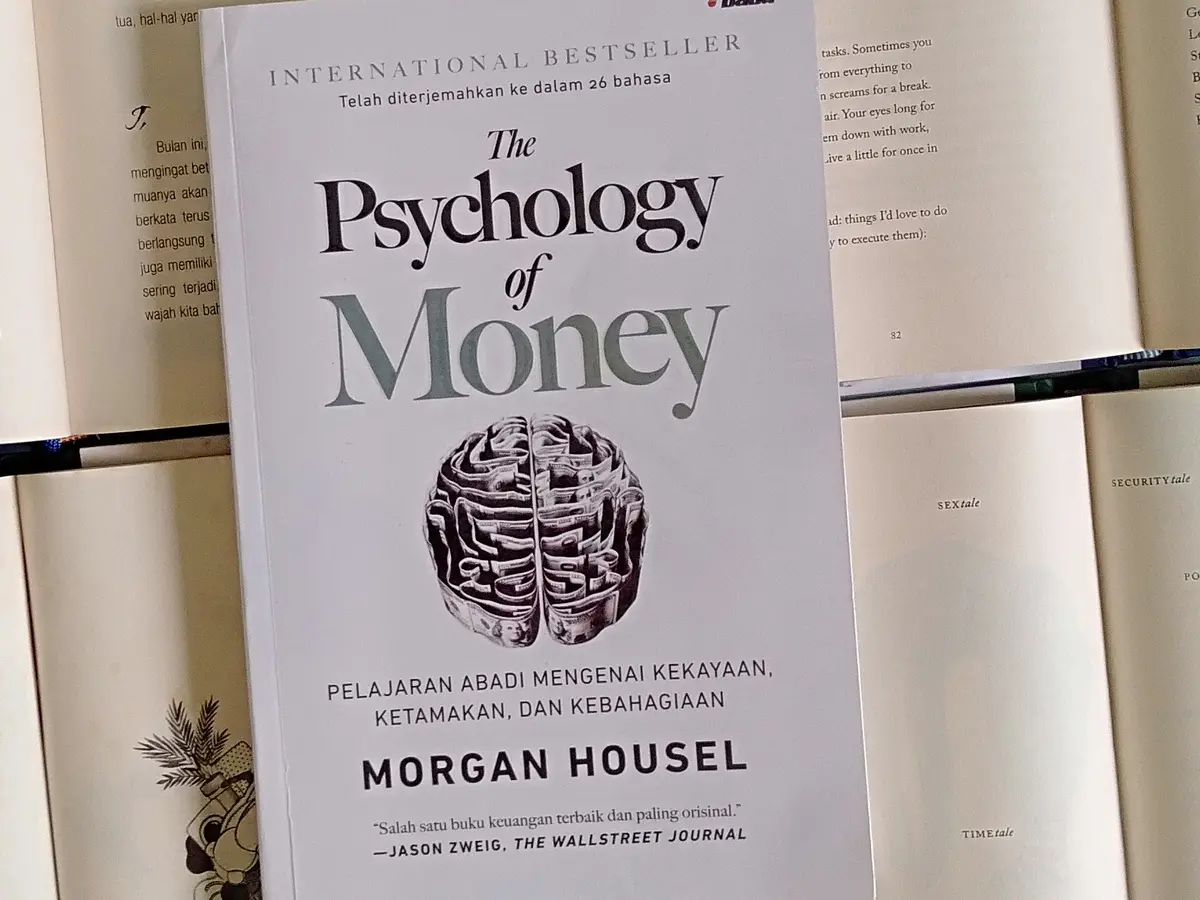
As human beings, we are all wired to think about money – its importance, its value, and its role in our lives. Yet, despite our preoccupation with wealth, few of us truly understand the psychology that governs our financial decisions. In his book “The Psychology of Money,” Morgan Housel sets out to explore this intricate web of emotions and behaviors that underlie our relationship with money. Here, we delve into the key insights and takeaways from this fascinating read.
I. The Power of Compounding
Housel begins by highlighting the immense power of compounding – the idea that small gains made consistently over time can result in significant wealth accumulation. However, he also notes that the inverse is true – small financial mistakes made repeatedly can have disastrous consequences. As Housel puts it, “The most powerful force in the universe is compound interest, but the most powerful force in the human mind is denial.”
II. The Role of Luck
Another key theme of the book is the role of luck in our financial success. Housel argues that while hard work and talent are important, luck plays an outsized role in determining our financial outcomes. By acknowledging the role of luck, Housel suggests that we can become more empathetic towards those who have not been as fortunate, and also more humble about our own successes.
III. The Importance of Stories
Throughout the book, Housel emphasizes the importance of stories in shaping our financial beliefs and behaviors. He notes that we often construct narratives around our money decisions, and that these stories can be both empowering and limiting. By becoming more aware of the stories we tell ourselves about money, Housel suggests that we can begin to unravel some of the subconscious biases and behaviors that may be holding us back.
IV. The Art of Investing
Finally, Housel offers practical advice on the art of investing. He argues that successful investing is not about chasing the hottest stocks or trying to time the market – rather, it is about developing a long-term mindset and sticking to a disciplined investment strategy. As Housel puts it, “The best financial plan is the one that you can stick to, through thick and thin.”
“The Bogleheads’ Guide to Investing” by Taylor Larimore, Mel Lindauer, and Michael LeBoeuf
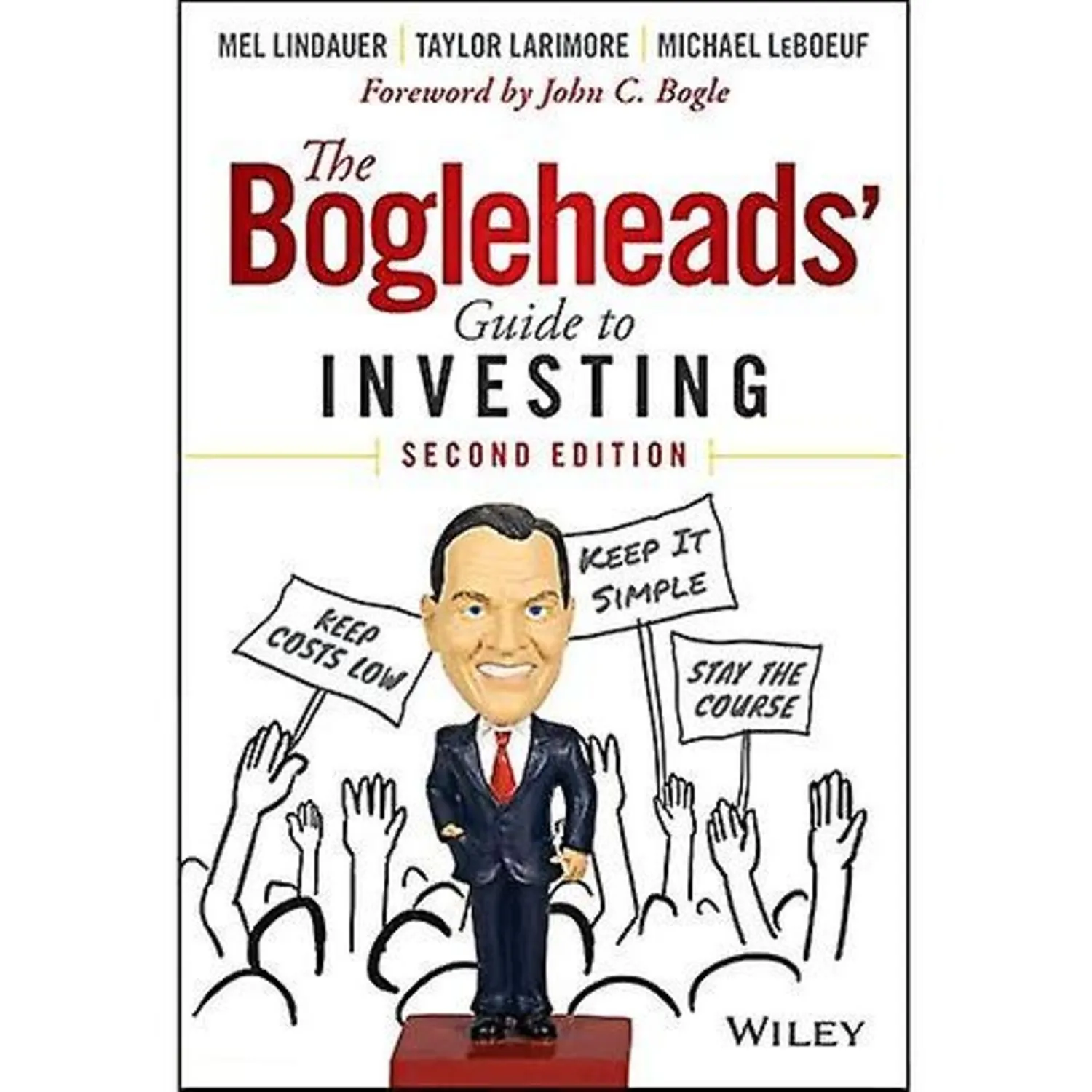
Are you tired of hearing about get-rich-quick schemes or investment fads that ultimately lead to financial disappointment? Look no further than “The Bogleheads’ Guide to Investing” by Taylor Larimore, Mel Lindauer, and Michael LeBoeuf. This book is a comprehensive and easy-to-understand guide to investing that focuses on time-tested principles that have proven to be successful.
The Bogleheads’ Philosophy
The Bogleheads’ philosophy is based on the principles of John C. Bogle, the founder of Vanguard and a pioneer in index fund investing. The authors advocate for a long-term approach to investing and recommend that investors focus on low-cost, diversified investments. They also emphasize the importance of avoiding market timing and individual stock picking, which are often costly and risky endeavors.
The Three-Fund Portfolio
One of the highlights of “The Bogleheads’ Guide to Investing” is the introduction of the three-fund portfolio. This portfolio consists of three index funds that cover the entire stock and bond markets. The authors explain in detail how to construct this portfolio and why it is an excellent option for investors of all levels of experience.
Behavioral Finance
The book also delves into the topic of behavioral finance, which examines the psychological biases that can influence investment decisions. The authors provide strategies to overcome these biases and offer advice on how to stay disciplined during periods of market volatility.
Retirement Planning
“The Bogleheads’ Guide to Investing” also covers retirement planning in depth. The authors provide guidance on how to calculate the amount of money needed for retirement and how to create a sustainable withdrawal plan.
“The 4-Hour Work Week” by Timothy Ferriss
The 4-Hour Work Week, penned by Timothy Ferriss, is a veritable compendium of astute strategies and time-honored techniques that have the potential to transmogrify the way we work and live. Ferriss, a polymath par excellence, posits that conventional approaches to work and life are flawed and advocates a minimalist yet effective methodology to enhance productivity, decrease stress, and lead a fulfilling life.
The premise of the book revolves around the concept of lifestyle design, which entails crafting a life that is devoid of the insidious clutches of the 9-to-5 grind and allows ample time for pursuing one’s passions and interests. The following sections delve into the key insights and principles elucidated by Ferriss in his book:
- The Art of Automation: Ferriss contends that automation is the key to liberating oneself from the drudgery of mundane tasks and fostering a sense of creativity and freedom. He lays out a blueprint for automating various facets of work and life, ranging from email management to outsourcing, that can save precious time and energy.
- The Power of Outsourcing: Ferriss champions the concept of outsourcing as a means to free oneself from the shackles of time-consuming and unproductive tasks. He provides a plethora of tips and resources for outsourcing, including virtual assistants, freelance marketplaces, and international labor arbitrage.
- The Utility of Time Management: Ferriss believes that time management is the cornerstone of an efficacious work-life balance. He advocates a systematic approach to time management, which entails batching similar tasks together, setting strict deadlines, and minimizing distractions.
- The Importance of Digital Detox: Ferriss stresses the need to unplug from the digital realm and embrace solitude and stillness to enhance creativity and productivity. He prescribes a range of techniques for digital detox, including setting aside specific times for checking emails and social media, using apps to minimize phone usage, and engaging in activities that foster mindfulness and relaxation.
“The Millionaire Next Door” by Thomas J. Stanley and William D. Danko
Have you ever wondered how the wealthy live their lives? Do you believe that millionaires are always driving fancy cars and living in big mansions? Think again. “The Millionaire Next Door” by Thomas J. Stanley and William D. Danko is a revealing book that debunks the myth of what it means to be rich. In this article, we’ll explore some of the key insights that the book offers on the habits and lifestyles of millionaires.
Understanding the True Nature of Wealth
The book challenges the common perception of what it means to be wealthy. According to the authors, true wealth is not defined by flashy displays of status and wealth, but by a set of habits that allow individuals to accumulate wealth over time. These habits include living below your means, investing wisely, and being disciplined with your finances.
The Surprising Lives of Millionaires
The authors conducted extensive research on millionaires and found that many of them lived surprisingly modest lives. For example, many of the millionaires interviewed drove used cars, lived in modest homes, and were frugal with their money. This may seem counterintuitive, but it is precisely these habits that allowed them to accumulate wealth over time.
The Importance of Financial Discipline
One of the key takeaways from the book is the importance of financial discipline. The authors found that many millionaires were disciplined in their spending habits and lived well below their means. They also invested wisely and were diligent in tracking their finances. This level of discipline allowed them to accumulate wealth over time and build a strong financial foundation.
“The Richest Man in Babylon” by George S. Clason

The book is set in ancient Babylon, where the richest man in the city shares his secrets of success with his fellow citizens. Through a series of parables and stories, Clason presents a simple and effective framework for achieving financial prosperity. Here are some of the key lessons from the book:
Start Thy Purse to Fattening
The first step to building wealth is to save a portion of your income. Clason recommends setting aside at least 10% of your earnings for future investments. By living below your means and avoiding unnecessary expenses, you can accumulate a significant amount of wealth over time.
Control Thy Expenditures
To grow your wealth, you must also be mindful of your spending habits. Clason advises against frivolous purchases and impulsive buying. Instead, focus on investing in assets that will appreciate in value and generate passive income.
Make Thy Gold Multiply
Investing is the key to growing your wealth. Clason emphasizes the importance of diversification and risk management when investing. He also stresses the need to seek out expert advice and do your research before making any investment decisions.
Guard Thy Treasures from Loss
Protecting your wealth is just as important as growing it. Clason advises against speculative investments and scams that promise quick riches. Instead, he recommends investing in assets that have a proven track record of stable returns and long-term growth.
“The Warren Buffett Way” by Robert G. Hagstrom
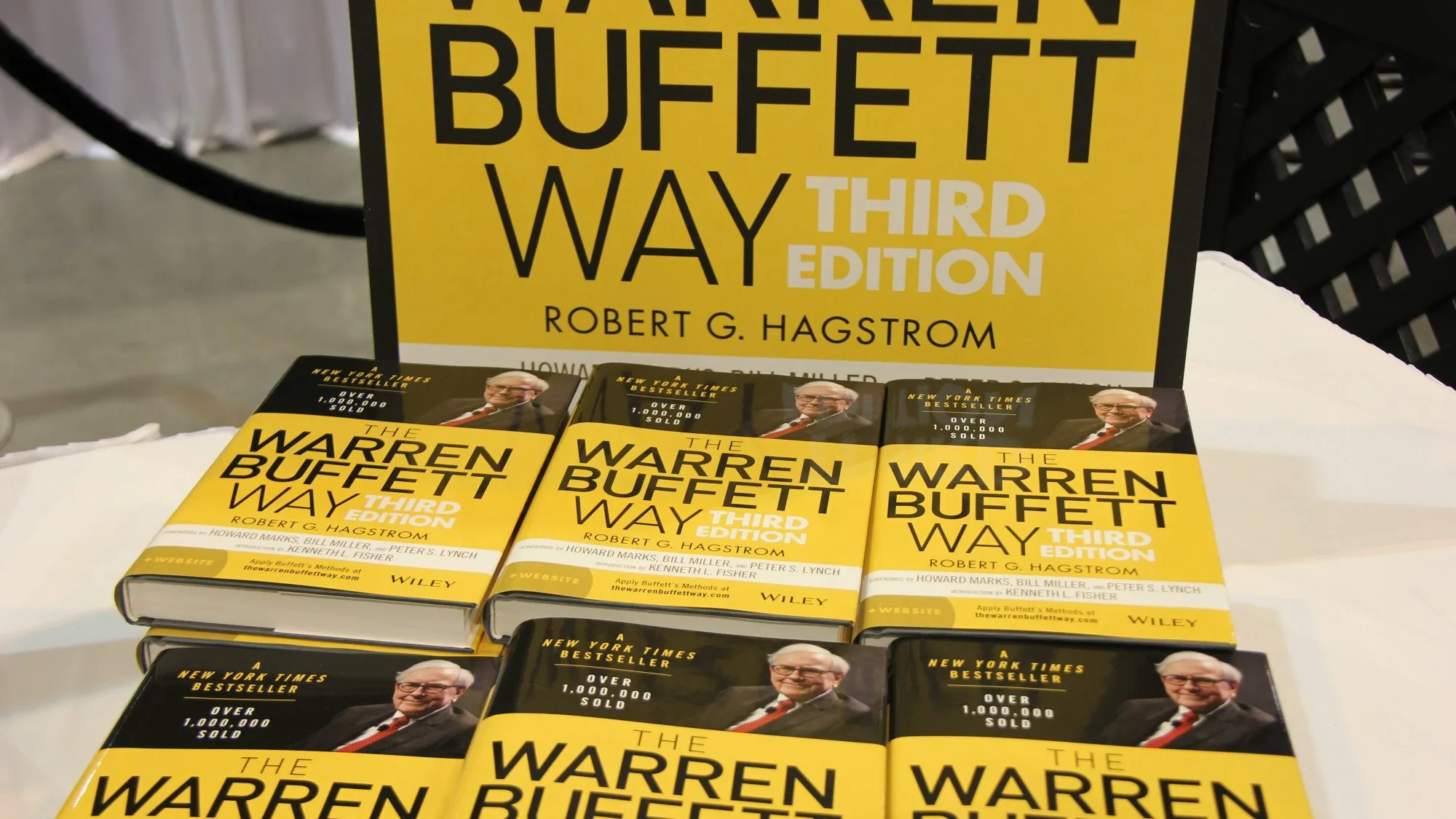
Hagstrom’s book is an insightful and in-depth exploration of Buffett’s approach to investing. It offers a comprehensive analysis of his investment strategies and principles, highlighting the key factors that have contributed to his success. The book is written in a clear and concise manner, making it easy for readers to understand and implement Buffett’s investment philosophy.
The Power of Patience and Discipline
One of the key takeaways from the book is the power of patience and discipline. Buffett is known for his long-term approach to investing, and Hagstrom emphasizes the importance of adopting a similar mindset. He stresses the need to focus on a company’s fundamentals and its long-term potential, rather than short-term fluctuations in the stock market.
The Importance of a Circle of Competence
Another important lesson from the book is the concept of a “circle of competence”. Buffett believes that investors should focus on investing in companies that they understand and have knowledge about. Hagstrom explains how investors can identify their circle of competence and use it to make informed investment decisions.
Value Investing Strategies
“The Warren Buffett Way” also provides valuable insights into value investing strategies. Hagstrom explains how Buffett identifies undervalued companies and analyzes their financials to determine their intrinsic value. He also emphasizes the importance of diversification and risk management in a well-balanced portfolio.
“Rich Dad Poor Dad” by Robert Kiyosaki
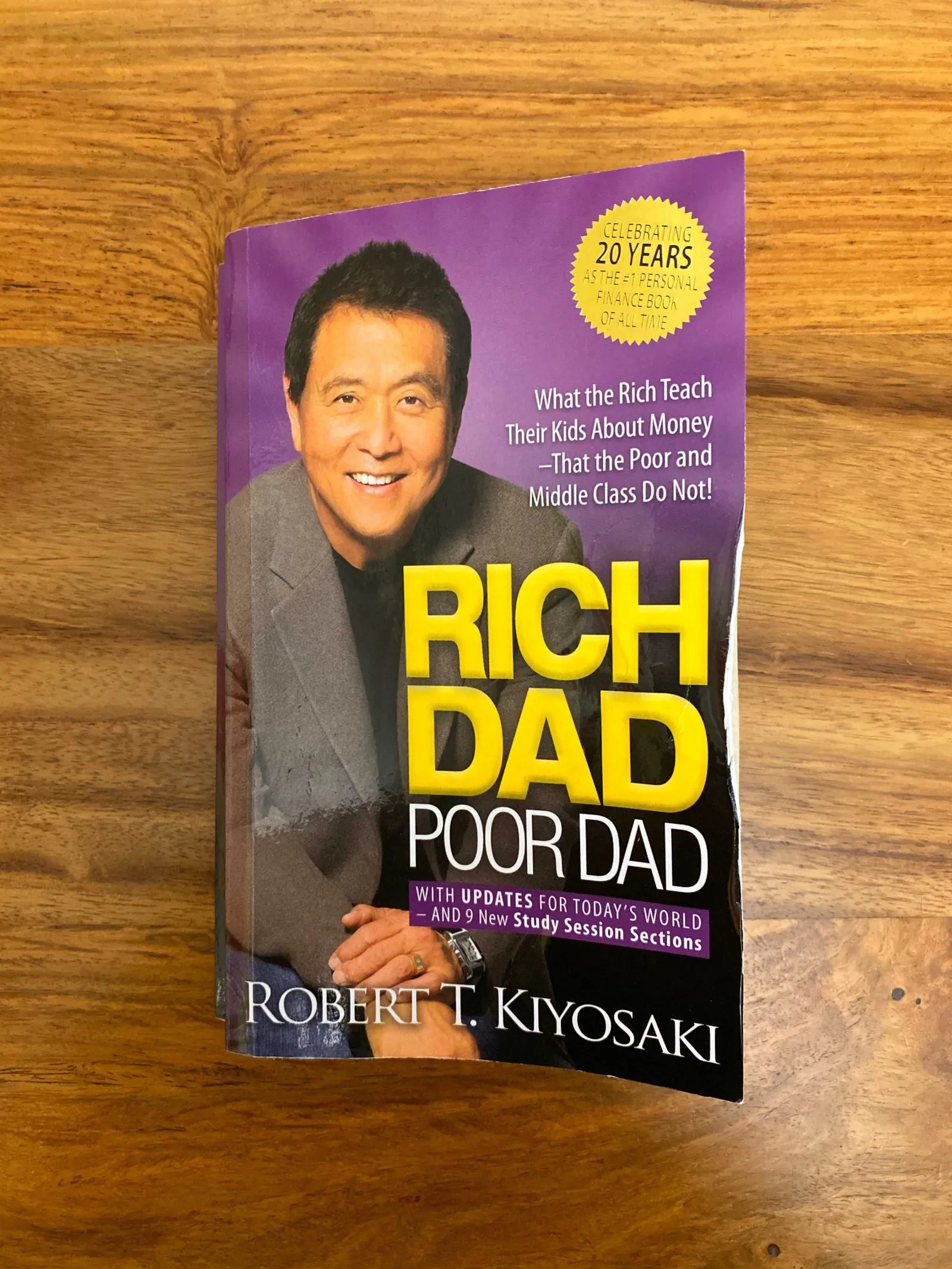
In his best-selling book “Rich Dad Poor Dad”, renowned author and entrepreneur Robert Kiyosaki provides readers with a unique perspective on financial success and personal development. With a focus on practical advice and real-life examples, Kiyosaki’s book has become a must-read for anyone seeking to improve their financial situation.
Key Themes and Takeaways
Throughout “Rich Dad Poor Dad”, Kiyosaki explores a number of themes related to wealth and financial success. Some of the key takeaways from the book include:
- The Importance of Financial Education
One of the central themes of “Rich Dad Poor Dad” is the importance of financial education. Kiyosaki argues that traditional education systems often fail to adequately prepare individuals for the realities of the modern economy, and that individuals must take it upon themselves to learn about money and investing.
- Building Assets vs. Accumulating Liabilities
Another important concept discussed in the book is the difference between building assets and accumulating liabilities. Kiyosaki stresses the importance of building income-generating assets, such as real estate and stocks, rather than simply accumulating liabilities like cars and credit card debt.
- The Power of Mindset
Finally, “Rich Dad Poor Dad” emphasizes the importance of developing a positive, entrepreneurial mindset. Kiyosaki argues that success in any field requires a willingness to take risks, learn from failure, and continually pursue personal growth and development.
Critiques and Controversies
Despite its widespread popularity, “Rich Dad Poor Dad” has not been without its fair share of critiques and controversies. Some of the criticisms leveled at the book include:
- Lack of Specificity
One common critique of “Rich Dad Poor Dad” is that it lacks specific, actionable advice for readers. Some argue that the book is too focused on general principles and anecdotes, and fails to provide concrete steps for individuals looking to improve their financial situation.
- Questionable Ethics
Another criticism of Kiyosaki and his work is the ethics of his business practices. Some have accused Kiyosaki of promoting questionable or even illegal financial strategies, such as tax evasion and insider trading.
- Inconsistencies and Contradictions
Finally, some readers have pointed out inconsistencies and contradictions in Kiyosaki’s writing. For example, he often speaks out against traditional education systems, yet himself holds a degree from the United States Merchant Marine Academy.
Overall, “Rich Dad Poor Dad” remains a valuable resource for anyone looking to improve their financial situation and develop a more entrepreneurial mindset. However, readers should be aware of the critiques and controversies surrounding the book, and approach its advice with a critical eye.
“The Outsiders” by William N. Thorndike
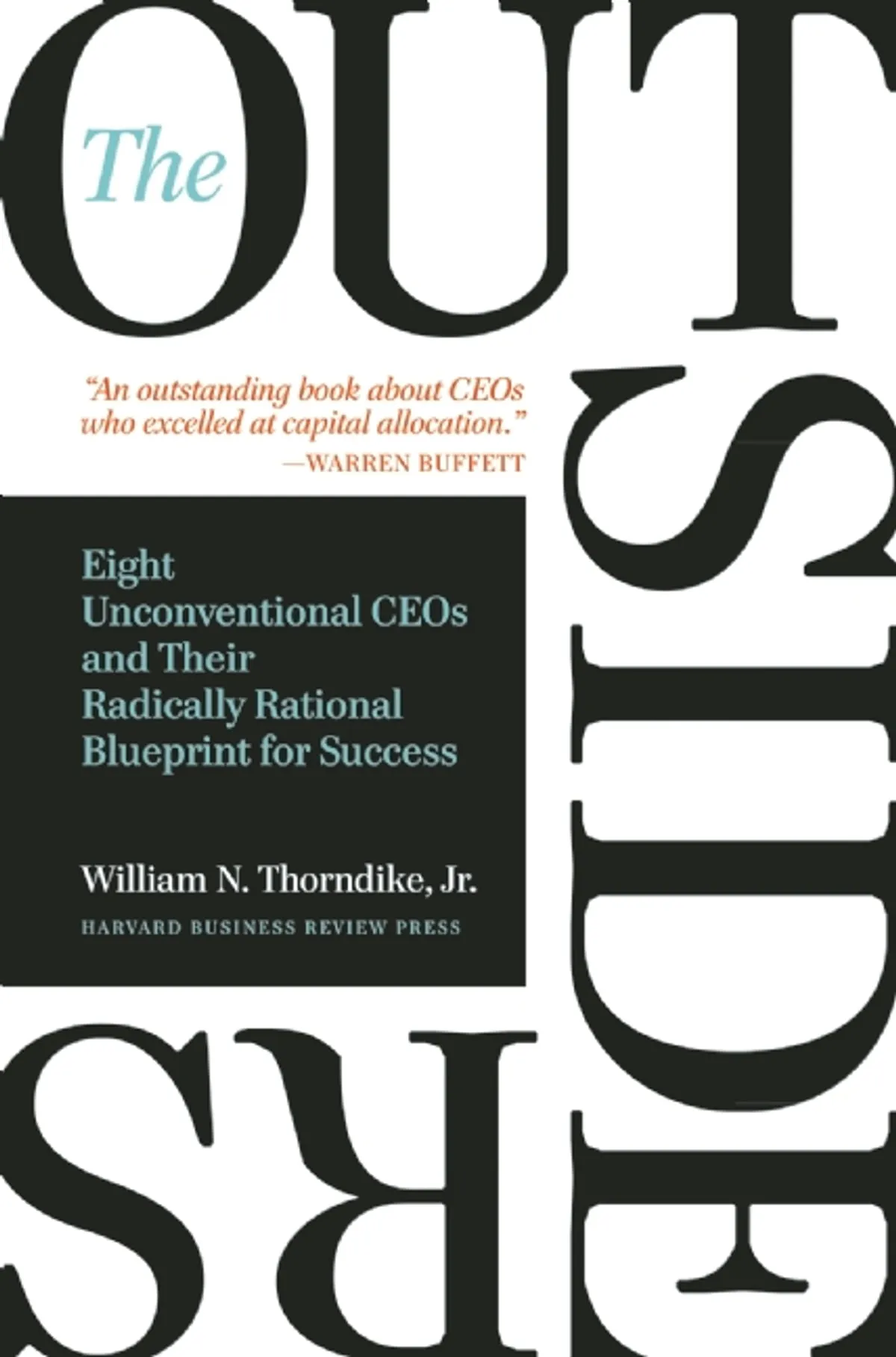
William N. Thorndike’s masterpiece, The Outsiders, is an extraordinary chronicle that examines the lives of eight individuals who made the best of a bad situation and achieved unprecedented success. The book delves into the stories of some of the most unconventional, nonconformist, and audacious CEOs in business history, including Warren Buffett, John Malone, and Katharine Graham.
A captivating tale of resilience, determination, and strategic acumen, The Outsiders transcends the standard narrative of corporate leadership and offers a fresh perspective on what it takes to succeed in today’s competitive business landscape. In this article, we’ll explore the key takeaways from Thorndike’s seminal work and highlight some of the most inspiring stories of the outsiders who defied convention and changed the game.
The Power of Focus
One of the most remarkable aspects of The Outsiders is how each of the CEOs featured in the book exhibited a remarkable ability to focus on what really mattered. They understood that success was not about doing everything, but about doing the right things. By honing in on their core competencies and ignoring the noise, they were able to build enduring businesses that stood the test of time.
The Art of Capital Allocation
Another critical lesson from The Outsiders is the art of capital allocation. The CEOs featured in the book were masters at deploying capital in a way that maximized shareholder value. They had a keen sense of when to buy back shares, when to invest in new projects, and when to divest underperforming businesses. Their disciplined approach to capital allocation enabled them to generate outsized returns for their shareholders and cemented their status as true masters of the game.
The Importance of Independence
Perhaps the most striking aspect of The Outsiders is how each of the CEOs featured in the book was an independent thinker who was unafraid to go against the grain. They were not swayed by the opinions of Wall Street analysts or the pressures of short-termism. Instead, they were guided by their own instincts and a deep conviction in their own abilities. By charting their own course and staying true to their vision, they were able to achieve extraordinary success.
“Reminiscences of a Stock Operator” by Edwin Lefèvre
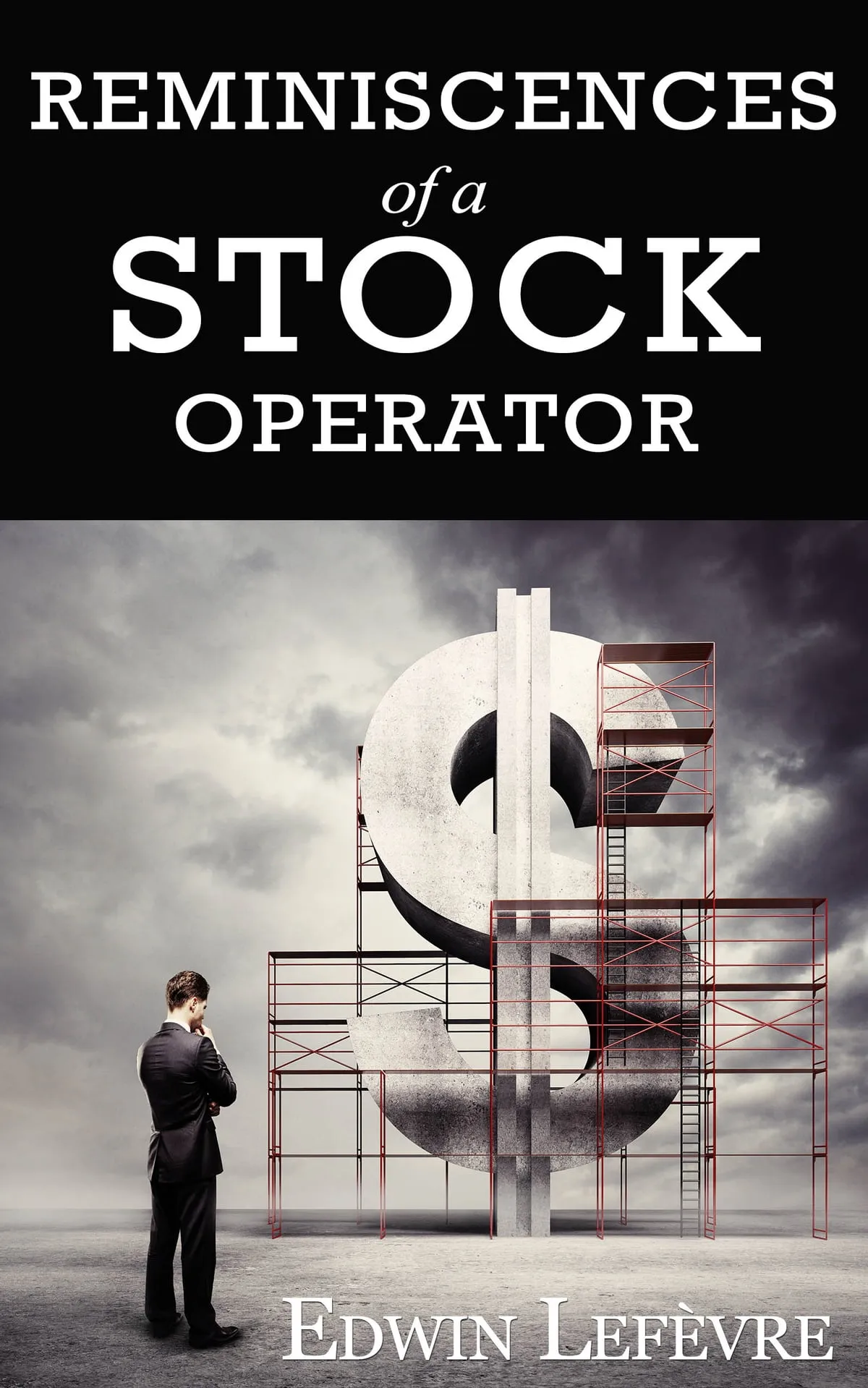
For individuals interested in delving into the world of finance and the stock market, “Reminiscences of a Stock Operator” by Edwin Lefèvre is a book that is often recommended by experts in the field. The book is a captivating account of the life and times of a successful stock trader, Larry Livingston, who made his fortune by carefully studying the market trends and understanding the intricacies of the stock trading industry.
Through a series of anecdotal stories and personal reflections, Lefèvre provides readers with a unique and insightful perspective on the stock market and its many intricacies. Here are some key takeaways from the book:
The Importance of Patience
- One of the key lessons that readers can learn from “Reminiscences of a Stock Operator” is the importance of patience. The book emphasizes that success in the stock market requires a great deal of patience, as traders must be willing to wait for the right opportunities to present themselves. This is particularly important for novice traders who are often tempted to act impulsively in response to market fluctuations.
The Significance of Risk Management
- Another important theme in the book is the significance of risk management. Lefèvre highlights the importance of managing risk by using stop-loss orders and other risk management strategies to minimize potential losses. This is an important lesson for anyone who is new to trading, as it emphasizes the importance of being cautious and avoiding unnecessary risks.
The Role of Psychology in Trading
- “Reminiscences of a Stock Operator” also delves into the psychological aspects of trading. The book explores the impact of emotions on trading decisions and emphasizes the importance of maintaining a calm and level-headed approach to trading. By highlighting the role of psychology in trading, the book provides readers with valuable insights into the mindset of successful traders.
The Power of Analysis
- Finally, the book emphasizes the importance of analysis in trading. The book encourages traders to carefully analyze market trends and to use technical analysis tools to identify potential opportunities. By doing so, traders can make informed decisions that are based on data rather than guesswork.


